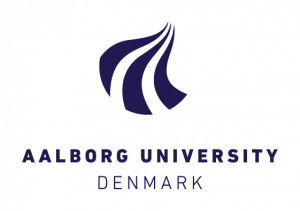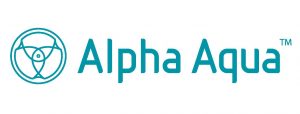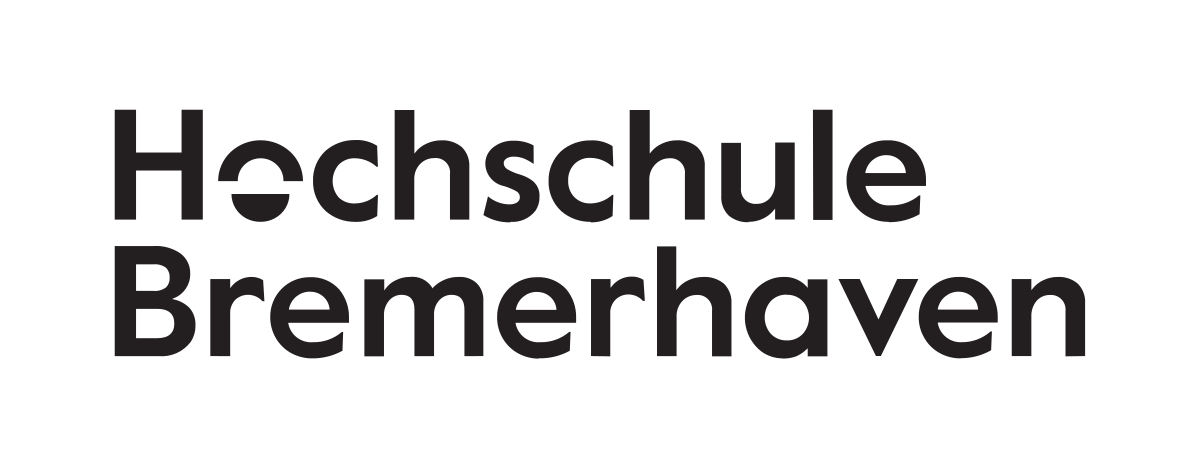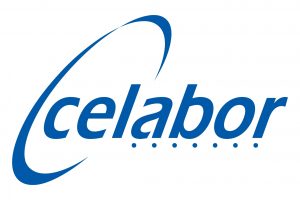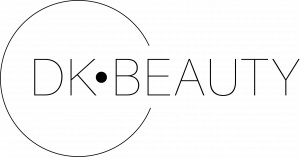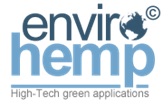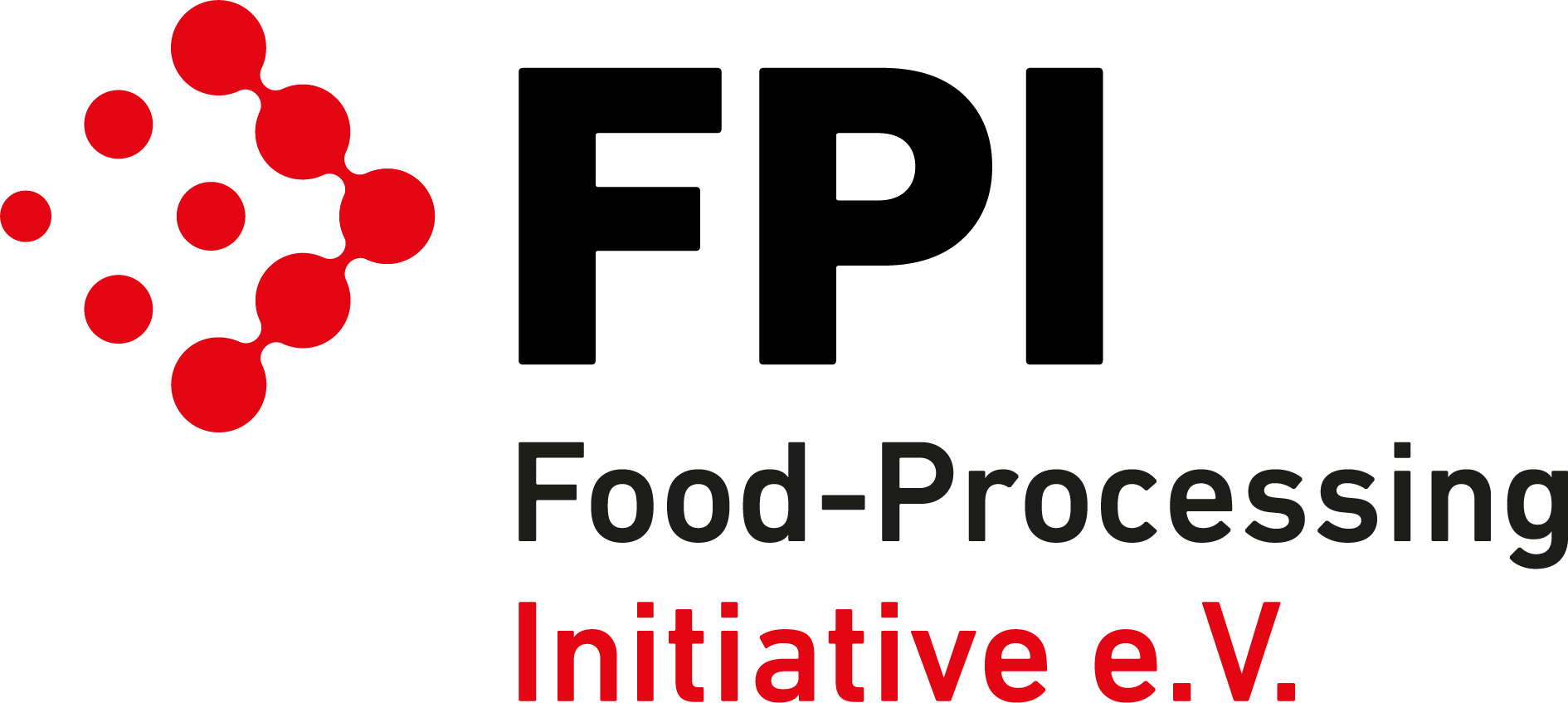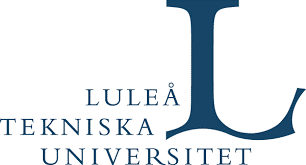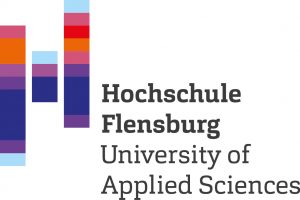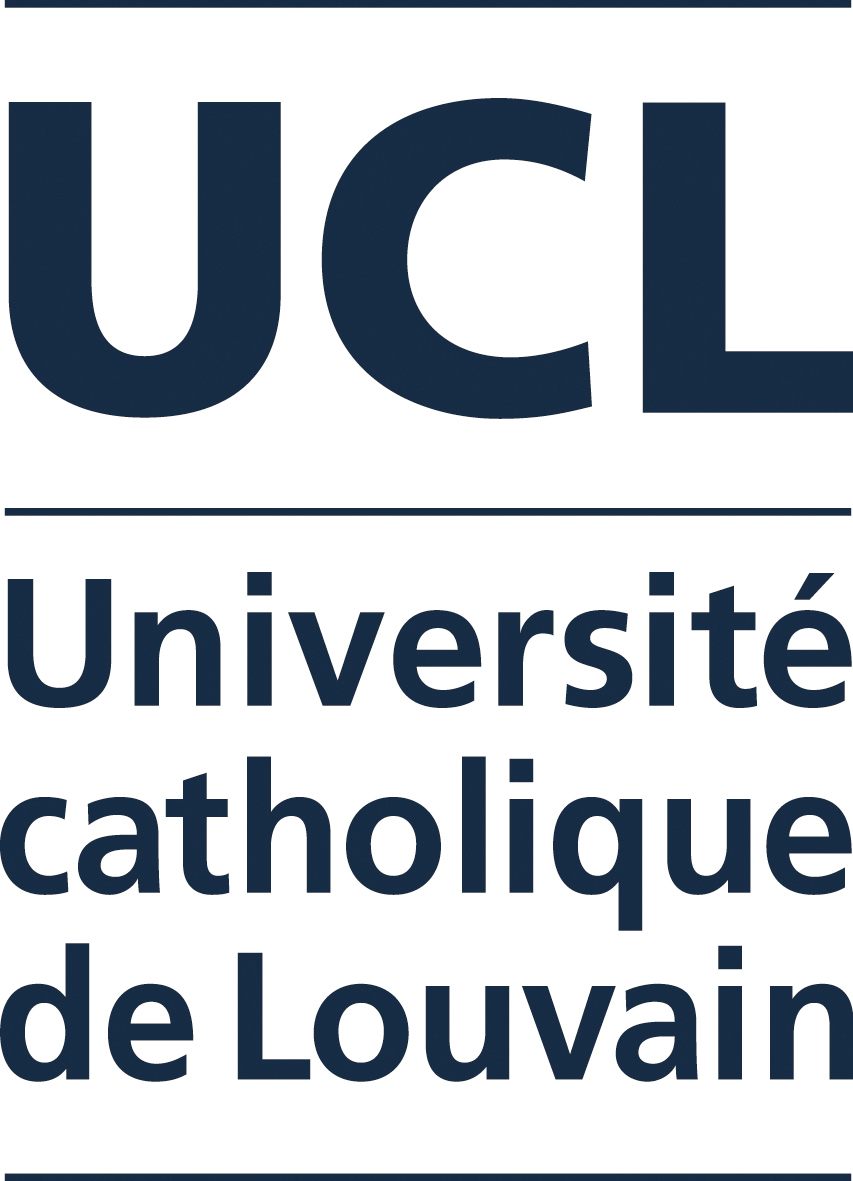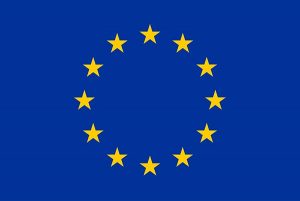Salicornia inedible residues can be used to replace cereals in aquafeeds for whiteleg shrimp.
No detrimental effects on growth performance or survival, while providing some beneficial effects to their antioxidant and immune response.
The whiteleg shrimp (Penaeus vannamei) is the most produced crustacean species worldwide. However, feed associated costs are substantial. In fact, cereal prices have been increasing over the years, making the creation of more economical and sustainable formulations essential for the success of shrimp farming. Therefore, the potential of incorporating a co-product, the non-edible biomass of Salicornia ramosissima, replacing wheat meal in diets for juvenile P. vannamei was evaluated. Two diets containing S. ramosissima stems and two containing leaves and seeds, both in 5% and 10% inclusion levels, were tested versus a commercial diet. After 55 days of feeding, shrimp growth performance and survival were similar among all diets. Nevertheless, shrimp fed diets containing Salicornia needed to eat more to achieve the same weight as those fed the commercial diet, especially those containing leaves and seeds at 10%. These results can be explained by the lower digestibility of dry matter, lipids and energy observed for this diet. Salicornia incorporation also seemed to provide some antioxidant supplementation to shrimp and improve immune response as well as disease resistance against Vibrio parahaemolyticus. Data from this study indicates that S. ramosissima biomass can be included in diets for juvenile P. vannamei with no detrimental effects on growth performance or survival, while providing some beneficial effects to their antioxidant and immune response. Additionally, shrimp were able to utilize Salicornia stem biomasses more successfully than leaves and seeds. This is the ideal scenario for adding value to halophyte production and potentially improve aquafeeds sustainability by replacing wheat meal.
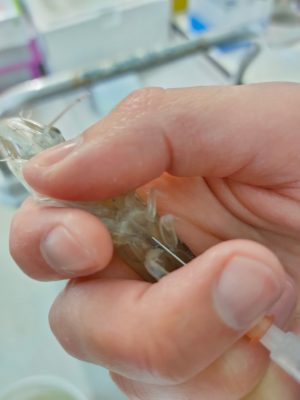
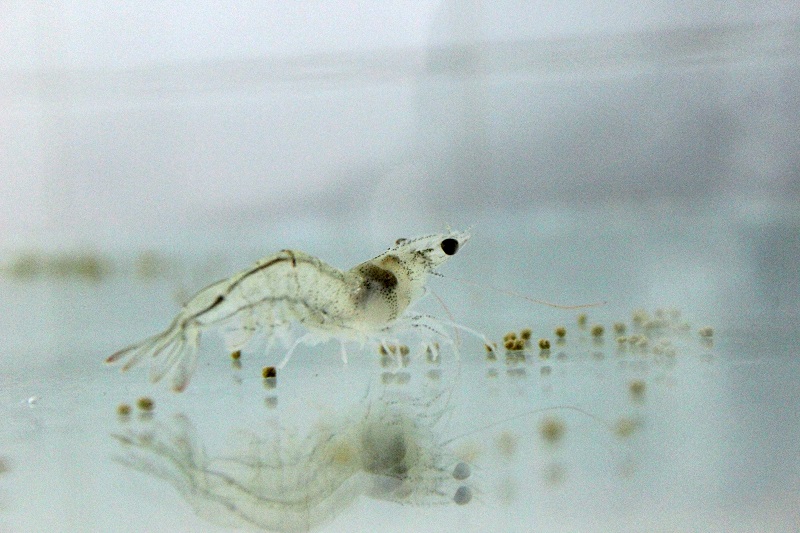
Whiteleg shrimp
Contact:

Rui Miranda Rocha
Riasearch, LDA., Portugal
ruirocha@riasearch.pt

Benjamin Costas
CIIMAR, Portugal
bcostas@ciimar.up.pt

Prof. Mário Pacheco
Universidade de Aveiro, Portugal
mpacheco@ua.pt
Acknowledgement
This project has received funding from the European Union’s Horizon 2020 research and innovation programme under Grant Agreement No 862834. Any results of this project reflects only this consortium’s view and the European Commission is not responsible for any use that may be made of the information it contains.


